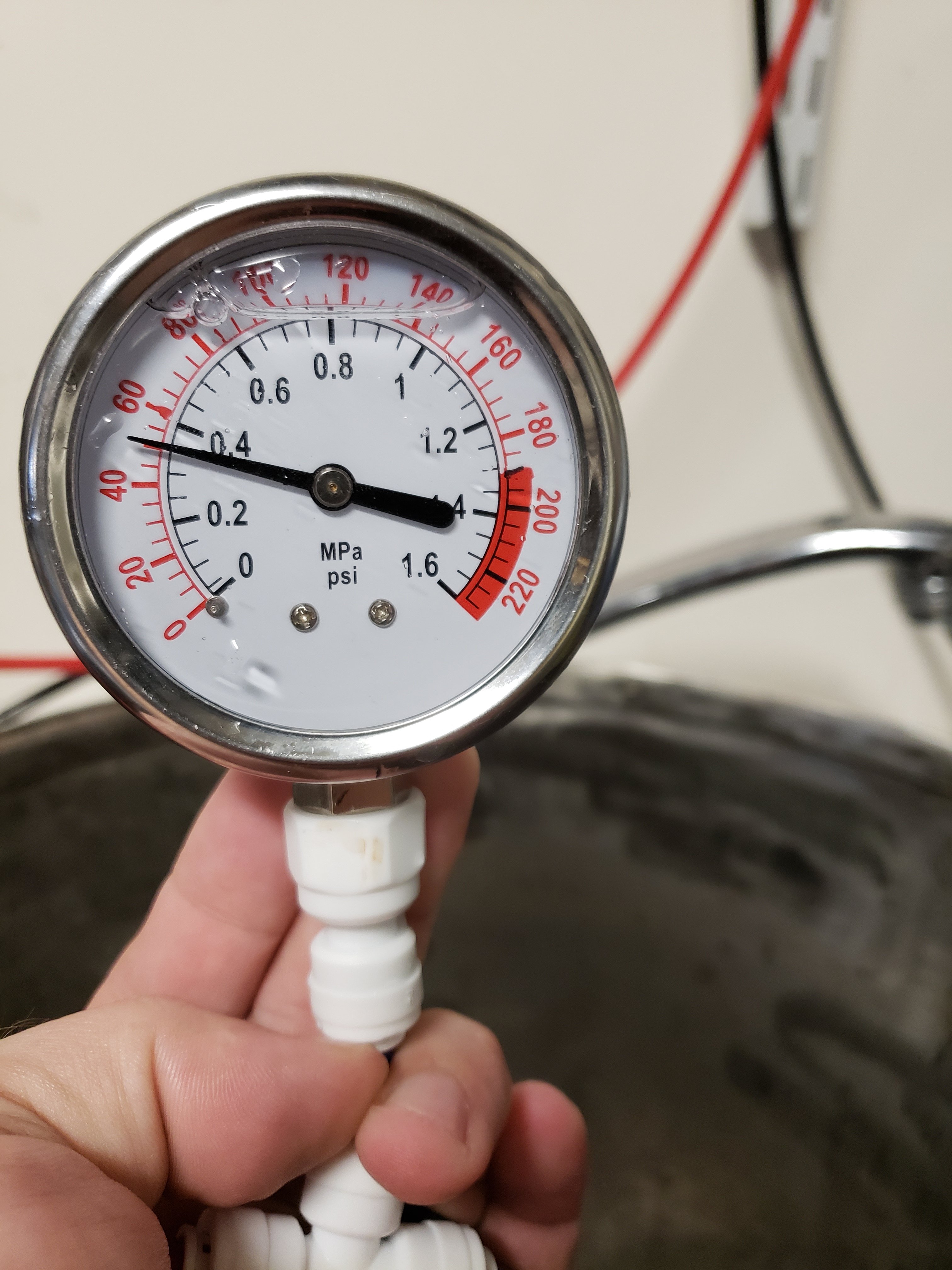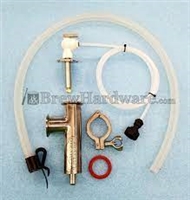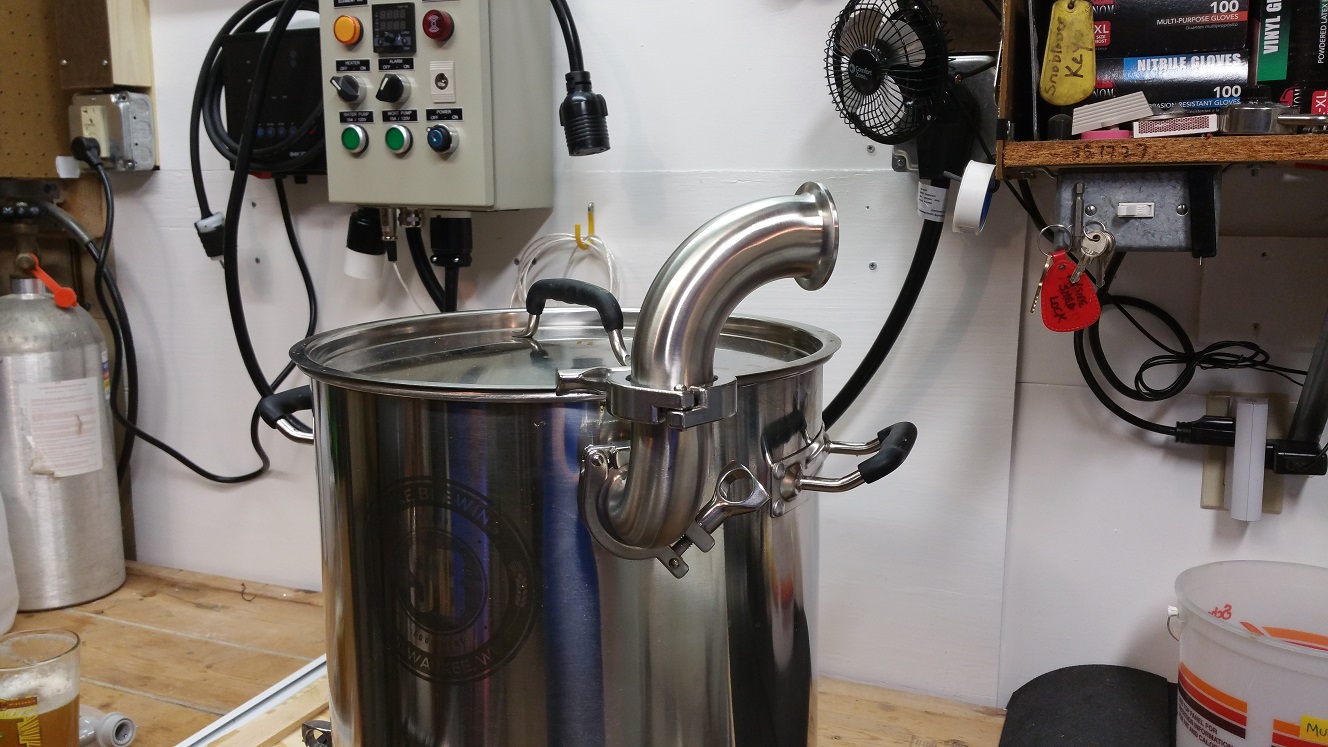Contamination is the boiled off volatiles. May not matter if you dump it after every brew.
Consider the bucket route... 5 gal bucket means it needs to be emptied twice per hour boil time. It’s fairly easy to manage unless carrying it far or up steps.
Consider the bucket route... 5 gal bucket means it needs to be emptied twice per hour boil time. It’s fairly easy to manage unless carrying it far or up steps.
























































![Craft A Brew - Safale BE-256 Yeast - Fermentis - Belgian Ale Dry Yeast - For Belgian & Strong Ales - Ingredients for Home Brewing - Beer Making Supplies - [3 Pack]](https://m.media-amazon.com/images/I/51bcKEwQmWL._SL500_.jpg)



